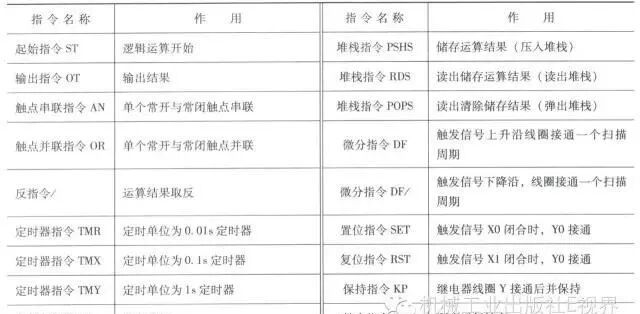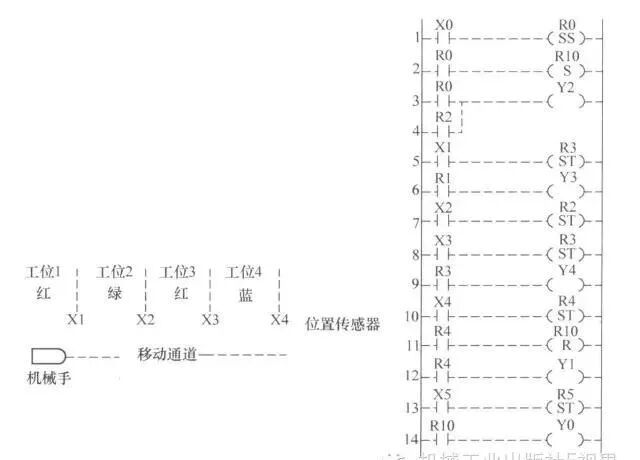“PLC Multilingual Programming: Seamless Collaboration in International Projects, Boosting Development Efficiency by 50%!”

An incident at a European automotive factory: The German team wrote control logic using ladder diagrams, while the Italian team modified the program using instruction lists. As a result, a language compatibility issue caused a 48-hour production line shutdown, leading to a direct loss of 2 million euros!
A Southeast Asian chemical project: Indonesian engineers wrote algorithms in structured text, which the Malaysian team could not understand, leading them to directly copy and paste code. This resulted in a temperature control module failure, causing chemical leakage and pollution of rivers, with compensation costs reaching 3 million dollars!
A Middle Eastern oil platform: The UAE team designed processes using function block diagrams, while the Iranian team mistakenly altered parameters, resulting in an overload of the crude oil pipeline pressure, with repair costs soaring to 5 million dirhams!
1. Language Selection Layer: Choose languages based on scenarios to double efficiency!
Simple Logic: Ladder Diagram (LD), intuitive like building blocks, suitable for electrical engineers.
Complex Algorithms: Structured Text (ST), programming capabilities at the level of Python, suitable for programmers.
Process Control: Sequential Function Chart (SFC), state machine design, suitable for process engineers.
Modular Development: Function Block Diagram (FBD), block-based construction, suitable for team collaboration.
2. Collaboration Tools Layer: Three essential tools to break down language barriers
IEC 61131-3 Standard: Mandates multilingual compatibility, acting like an “industrial translator” to unify syntax.
Version Control Systems: Git + TFS, real-time code synchronization to avoid “code conflicts”.
Visual Debugging Tools: Wireshark + PLCopen, one-click comparison of multilingual code.
3. Talent Development Layer: Cultivating “language specialists”
One-week crash course: Ladder Diagram → Function Block Diagram → Structured Text, breaking through layer by layer.
Language exchange program: Chinese and German engineers team up for development, teaching each other.
Certification system: Obtain IEC 61131-3 multilingual certification, with salaries increasing by 30% directly!
Three, Practical Solution Packages: Scenario-based solutions
1. Mobile Equipment Scenario (e.g., port cranes)
Language Combination: Ladder Diagram (LD) + Structured Text (ST)
Solution: Use ladder diagrams to write action logic, ST to process sensor data, achieving a 40% efficiency increase!
Cost: Hardware upgrade of 200,000, with downtime losses reduced by 800,000/year.
2. Outdoor Equipment Scenario (e.g., wind power equipment)

Language Combination: Function Block Diagram (FBD) + Sequential Function Chart (SFC)
Solution: FBD designs the wind control module, SFC manages fault handling processes, reducing failure rates by 60%!
Cost: Software licensing of 150,000, with maintenance costs saving 1.2 million/year.
3. High-risk Equipment Scenario (e.g., nuclear reactors)
Language Combination: Structured Text (ST) + Instruction List (IL)
Solution: ST writes safety algorithms, IL directly operates underlying hardware, improving response speed by 70%!
Cost: Talent training of 300,000, with accident probability reduced by 90%!
Four, Technical Pitfall Guide: Avoid these pitfalls!
Risk Assessment: Use “language compatibility testing tools” to scan existing code.
Solution Selection: Choose language combinations based on scenarios, and develop a “multilingual programming specification”.
Pilot Testing: Select 1-2 projects to validate solutions, iterating and optimizing.
Comprehensive Promotion: Departmental training, mandating the use of new processes.
Continuous Optimization: Evaluate language usage quarterly, updating specifications.
Seven, Interactive Conclusion: Is your factory ready for the challenge?
Three soul-searching questions:
Has your multinational project ever faced incidents due to language issues?
Does your team have anyone proficient in more than three PLC languages?
Has your factory ever received customer complaints due to language issues?
Incentive Guidance: Like the top 3 to receive the “Industrial Protocol Secrets”, containing practical cases of multilingual programming!
Final Quote: Language is not a barrier; collaboration is key! Master multilingual programming and make PLC the “lingua franca” of global industry!